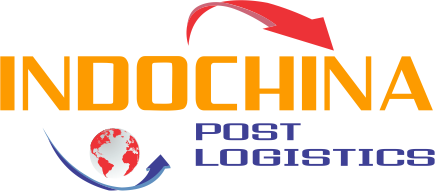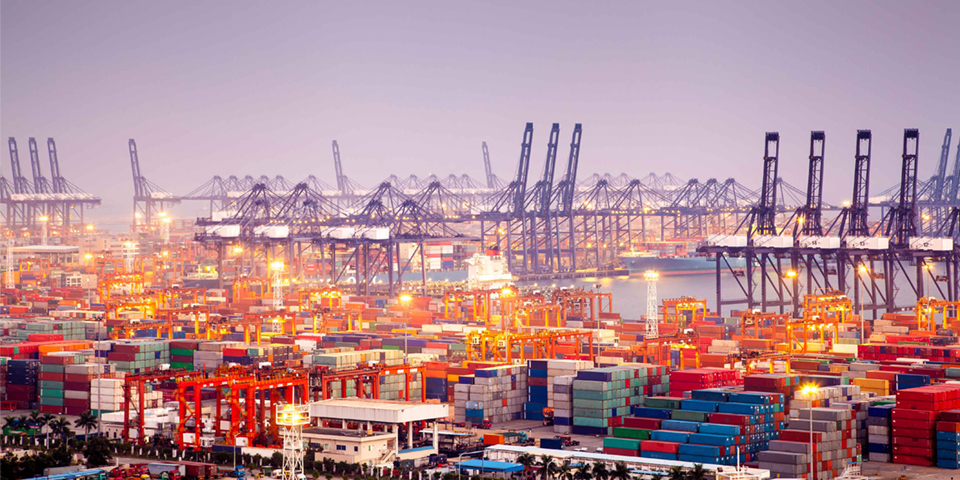Contents
A Land of Logistics Opportunity
As the logistics industry in Vietnam liberalizes, possibilities for new businesses to capitalize on rising domestic and international demand for locally produced or manufactured goods emerge. Simultaneously, the country’s export market is expanding, as is its industrial standing, particularly as a center for outsourced manufacturing.
If your company currently has any manufacturing outsourced to China and is starting to feel the impact of rising costs, you might consider Vietnam as an attractive alternative.
A rising number of firms are moving production from China to Vietnam, which may be good news for logistics operators as demand for warehouse and road transportation services rises in tandem with manufacturing development. The recent surge in e-commerce in Vietnam could provide possibilities, particularly for firms interested in last-mile delivery and value-added distribution services.
The Outlook for Foreign and Domestic Firms
With a highly undeveloped logistics infrastructure and current high transportation costs compared to neighboring countries, Vietnamese logistics initiatives can be difficult, but offer incredible potential for global logistics businesses willing to invest and innovate.
Now might be a good time to enter the Vietnamese market, as foreign penetration is not yet as advanced as in other developing Asia nations like Thailand.
Domestic logistics competition is tough, and for local businesses or startups looking to profit, it may be a smart idea to consider working with a foreign company to use proven skills as well as sophisticated intellectual and physical resources.
Key Logistics Challenges in Vietnam
Success with any business venture in Vietnam will depend upon the ability to surmount logistics challenges. Some of the most important obstacles to overcome are as follows:
- Customs procedures are inefficient and still largely involve slow, manual processes;
- Inconsistent cargo inspection processes at ports and airports;
- Congested highways linking industrial centers with the country’s ports;
- Generally poor and unplanned transport infrastructure;
- Logistics costs are high, currently comprising around 20% of gross domestic product (GDP);
- Logistics facilities (warehouses and distribution centers) are often situated in remote locations, far from ports and centers of manufacture.
If your company is foreign-based, and you are thinking about setting up a goods transport operation in Vietnam, you should be aware that any driver you employ must be a Vietnamese citizen.
This may present some challenges in itself, as professional driver training in Vietnam is not yet up to the standards of more developed countries. If you do not want to expose your business to unnecessary risks, you should consider setting up your own driver-training program, based on Western standards of driver education.
Logistics Expertise in Vietnam
This brief summary of the Vietnamese logistics landscape should be helpful if you are planning to start a logistics operation or a company that will rely on 3PL services in Vietnam.

